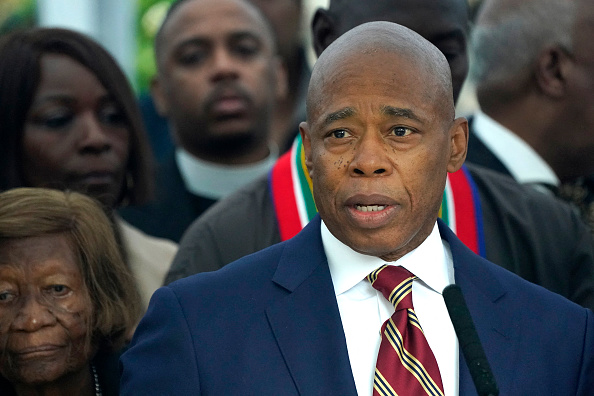To print this article, all you need is to be registered or login on Mondaq.com.
Last week, USEPA Administrator Regan signed the final rule
designating PFOA, PFOS and their salts and structural isomers as
hazardous substances pursuant to Sec. 102(a) of CERCLA, the federal
Superfund Law. The designation will be effective 60 days after
final publication in the Federal Register. The designation does
primarily two things: (i) it adds these compounds to the list of
hazardous substances (the “list of lists”) concerning
which EPA can utilize CERCLA’s enforcement authorities to take
or compel a response action and (ii) it requires reporting of
releases (individually) of more than one pound of these substances
in any 24-hour period to the National Response Center (under
CERCLA) and to state and local authorities under EPCRA. The
designation will undoubtedly be challenged in court given the
controversy over the underlying rulemaking record.
Two days later, the Agency released a memo directed to its
Regions outlining the enforcement discretion and settlement
policies it intends to pursue to protect certain categories of
potentially responsible parties (PRPs) liable under the CERCLA
statute given the designation and how ubiquitous PFAS are in our
human environment. The memo indicates the Agency’s intention to
utilize settlement authorities to protect from contribution actions
certain classes of innocent parties that would otherwise be PRPs.
Those approaches include requiring waivers in settlements it enters
into with “major PRPs” and settling directly with the
innocents to create statutory contribution protection. These
categories include community water and wastewater treatment
systems, municipal landfills, airports and fire departments
(subject their exercise of a high-level of care) and farms that
received municipal treatment work biosolids for land application
– all subject to the qualifiers of cooperation with the
Agency and nonfrustration/nonexacerbation of the cleanup or
pollution conditions. Parties that look like and quack like these
ducks can also argue that they are eligible for the same treatment
under the policy based on additional (although quite similar)
factors outlined in the memo.
In addition to the near certainty of litigation in response to
the designation is the litigation to come concerning liability in
site- and case-specific circumstances. With the Regions follow the
memo? Will the settlement protections be exercised prior to
contribution actions being pursued by private parties? Will
non-municipal parties that served the same function (and can argue
the same equitable factors) be accorded the same favorable
treatment by USEPA and USDOJ? How broadly will liability attach to
“other industrial parties” that used PFAS containing
materials in their manufacturing processes? Answers to these and
other questions we have are all part of the “What’s
Next.”
“EPA will focus on holding responsible entities who
significantly contributed to the release of PFAS…including
parties that manufactured PFAS or used PFAS in the manufacturing
process, federal facilities, and other industrial
parties.”
www.epa.gov/…
The content of this article is intended to provide a general
guide to the subject matter. Specialist advice should be sought
about your specific circumstances.
POPULAR ARTICLES ON: Environment from United States
#PFAS #CERCLA #Designation #Whats #Clean #Air #Pollution











